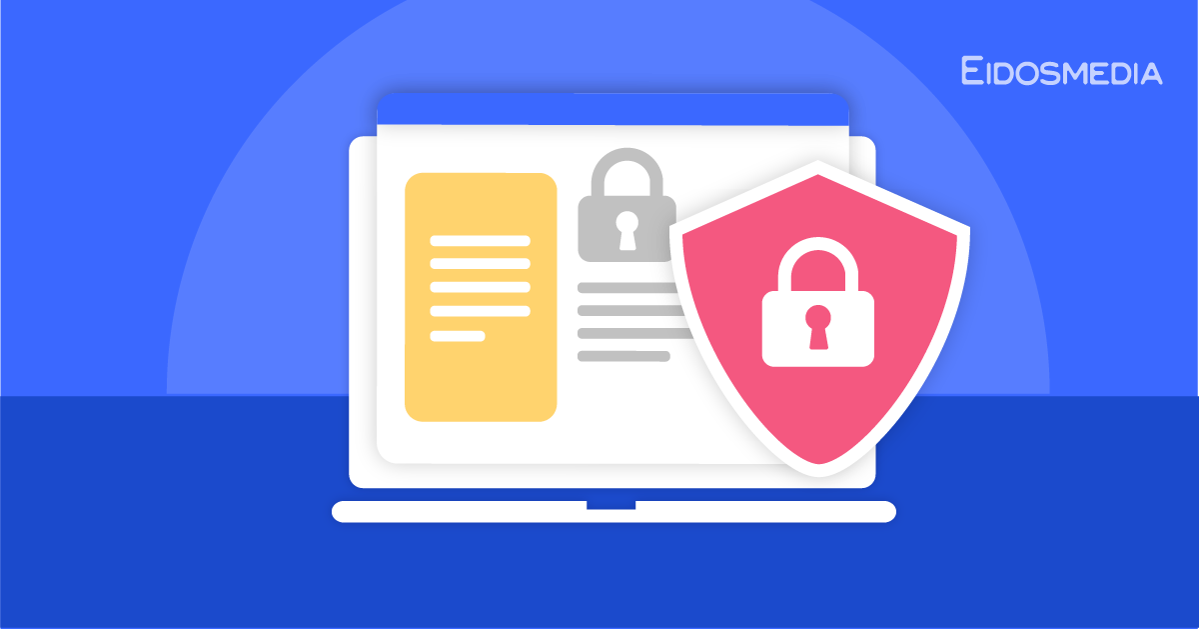Is Cyber Insurance Worth It?
With cyber attacks on the rise, cyber insurance is offering businesses of all sizes protection against financial losses. Eidosmedia explores whether the cost is worth the coverage.
As we previously reported, ransomware is still a major threat to organizations of all sizes and industries, and is often accompanied by serious financial consequences. Just recently, the U.K. government loaned luxury car manufacturer Jaguar £1.5 billion “to ‘give certainty’ to the automaker’s supply chain after the cyberattack shut down manufacturing at Jaguar Land Rover for about a month,” according to PC Mag.
As a result of this pervasive — and expensive — problem, cyber insurance has become a hot topic. Let’s take a closer look at the rising need for cyber insurance, the coverage it offers, and whether or not the upfront investment is worth it in the long term.
The current state of cyber attacks — and cyber insurance
Cyber attacks are on the rise and only continue to grow more sophisticated and scalable, in no small part due to the recent ubiquity of powerful AI algorithms.
Reporting on data from cyber insurance provider Coalition, TechTarget shares that “In 2024, the average ransomware insurance claim increased by 68%.” Data from 2025, collected by cybersecurity platform Cyble, shows this trajectory is accelerating: in the U.S., “ransomware attacks increased by 149% year over year in the first five weeks of 2025, with 378 reported incidents compared to 152 in 2024.”
Cyber attacks and data breaches can hurt businesses in a number of ways, ranging from reputational harm to operational disruptions resulting in costly delays. Techopedia reports, “In 2020 alone, over 700,000 attacks against small businesses totaled $2.8 billion in damages, and according to recent IBM data, the average cost of a cybersecurity incident surpassed $4.45 million in 2023.”
In response to these financial losses, businesses big and small are turning to cyber insurance to protect themselves. According to the Financial Times , there has already been robust adoption of cyber insurance across larger organizations; “Globally, about 80 per cent of large companies buy some form of cyber insurance.”
Cyber insurance coverage explained
Investopedia identifies two main categories for cyber insurance:
- First-party coverage — “covers your direct costs to recover from a data breach or other cyberattack.”
- Third-party coverage — “covers the cost of defending and settling lawsuits against your business by people whose information has been compromised in a data breach.”
FT offers further explanation: “A typical policy covers non-physical damage as a result of an attack on a computer system. That could include business interruption — for example, if an IT system outage forces a business to halt an assembly line or close shops — as well as incident response costs, triage, repairing systems, public relations experts, credit monitoring services and ransomware negotiators.”
This may seem like a comprehensive list, but there are some things cyber insurance policies do not cover. Investopedia identifies bodily injury, property damage, copyright infringement, and theft of portable devices as areas of coverage cyber insurance policies often exclude.
How to get cyber insurance and what it costs
Given the prevalence of cyber attacks, many insurance providers already offer cyber insurance — often “as an add-on to their business owner’s policies,” according to Nerdwallet.
The cost of cyber insurance is variable, as it depends on numerous factors like a company’s size, structure, security measures, and data requirements. Investopedia reports “small businesses can buy cyber insurance for about $1,740 per year,” while FT notes the premiums for larger companies can “range into the hundreds of thousands to millions.” Fortunately, FT also shares that the “average price of cyber insurance policies has been falling for eight consecutive quarters” thanks to competition between cyber insurance providers.
Getting multiple quotes from different companies will help you get a sense of how much cyber insurance should cost. Whether you work with an agent or use online portals, this can be done quickly and efficiently.
EY also emphasizes a robust security system as the frontline against rising cyber insurance premiums. “As cyber threats proliferate, the scrutiny of cyber insurance policies has intensified, leading to a substantial rise in premiums. [...] Implementing measures, such as encryption, privileged access management, regular backups and network segmentation, can mitigate risks and demonstrate a proactive approach to cybersecurity, influencing insurance premiums positively.”
Is cyber insurance worth it?
Cyber insurance alone won’t stop a cyber attack, but it can soften the blow. Though it can be expensive for a preventative measure, when you consider the average cost of a ransomware attack was $5.3 million in 2024, even pricier plans begin to look like a bargain.
Investopedia puts things even more bluntly: “Virtually any business that utilizes technology is vulnerable to a cyberattack. [...] Cyber coverage is essential if your business stores sensitive data such as health records, credit card numbers, or Social Security numbers.”
Businesses must weigh the consequences of a cyber attack against the cost of insurance coverage, assessing both preventive value and their capacity for risk. But in a world where ransomware and data breaches are all but inevitable, it’s no surprise that an increasing number of stakeholders are choosing to pay for cyber insurance upfront instead of suffering larger losses down the line.

